Compost… A recipe for regeneration
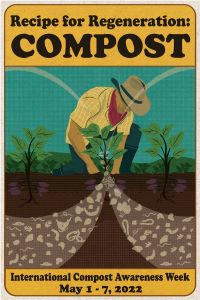
Compost… A recipe for regeneration is about renewal of the soil. This year’s theme for the International Compost Awareness Week is “Recipe for Regeneration: Compost”. If you are asking yourself what that means, let me explain. The word “Regeneration” refers to a new trend in agriculture and landscaping which is actually a return to an ancient way of farming that goes back to the way our indigenous people farmed for thousands of years.
The Natural Resources Conservation Service – USDA define it as:
Farming, ranching and landscaping in harmony with nature. Practitioners take a broader view of their role in the world, especially in terms of soil and nutrient cycles. They recognize that working landscapes provide not just products but also ecosystem services like carbon sinks, water recharge, and evolutionary potential.
Farmers, ranchers and landscapers focused on regenerative agriculture understand that success goes beyond yield or visual aesthetics. It includes things like joy and happiness, watching how the land regenerates and flourishes, the money saved from not purchasing chemical inputs, the debt avoided by repurposing recycled organics like compost and equipment, and the relationships built with community members. Below are some of the principles they utilize to achieve these goals.
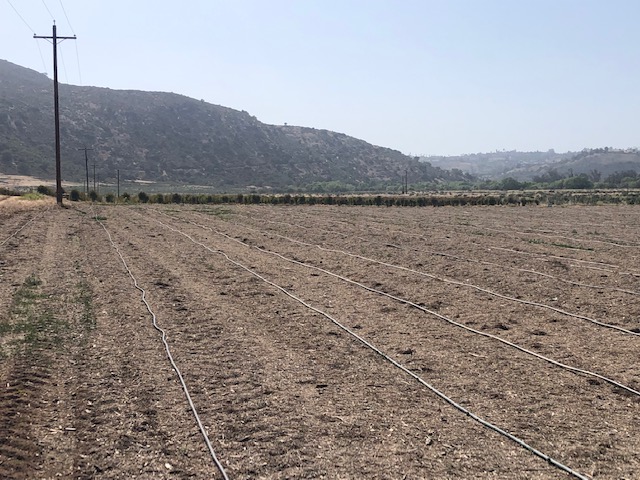
Nurture Relationships Within and Across Ecosystems
Regenerative practitioners foster and protect relationships—between people, lands, waterbodies, livestock, wildlife, and even microbial life in soil.
Prioritize Soil Health
While the techniques for caring for the soil vary with the context of each farm or landscape, generally, regenerative growers limit mechanical soil disturbance. Instead, they feed and preserve the biological structures that bacteria, fungi, and other soil microbes build underground—which provide above-ground benefits in return.
The feedstock that supports soil microbial life is Compost and Soil Organic Matter (SOM) often applied as mulches. Think of soil organisms as your underground “livestock” that need to be fed and nurtured just like all above-ground livestock that we depend on for our food.
Understanding the Ecological Benefits of Improved Soil Health
- Improvements soil health and fertility through compost utilization are the foundation of healthy water, nutrient and carbon cycling – as evidenced by healthier and more disease resistant plants, increased yields, improved soil health test results, and vibrant microbial communities
- Biodiversity on land, in the air, and in the water originate from improved biodiversity of soil resulting in richer plant, bird, and insect populations
- Reduced Soil Erosion and Loss of Valuable Topsoil
- Reductions in water pollution—including harmful algal blooms from fewer chemical inputs
- Improvements in water-holding capacity of the soil
Soil Health Mitigates Climate Change Impacts
Soil is one of the earth’s greatest carbon sinks, thanks to photosynthesis and the application of compost and mulches and their impact on soil microbes. With proper care (e.g. cover cropping and compost applications), soil can draw down carbon dioxide and methane equivalent greenhouse gasses thereby mitigating the impacts of climate change.
Protect and Restore Natural Ecosystems
Land management efforts that complement regenerative practices help preserve natural carbon sinks along with wildlife habitat and biodiversity. Compost has been shown to be one of the most important tools for managing the health of our watersheds.
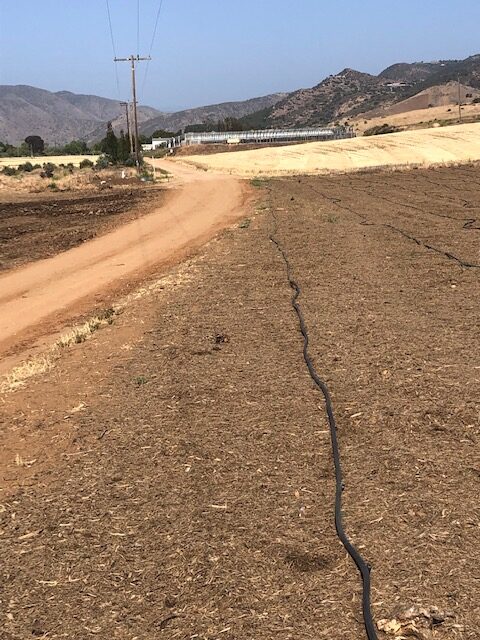
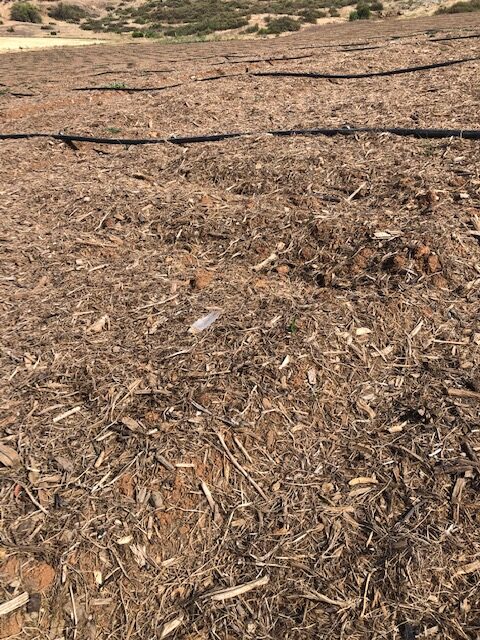
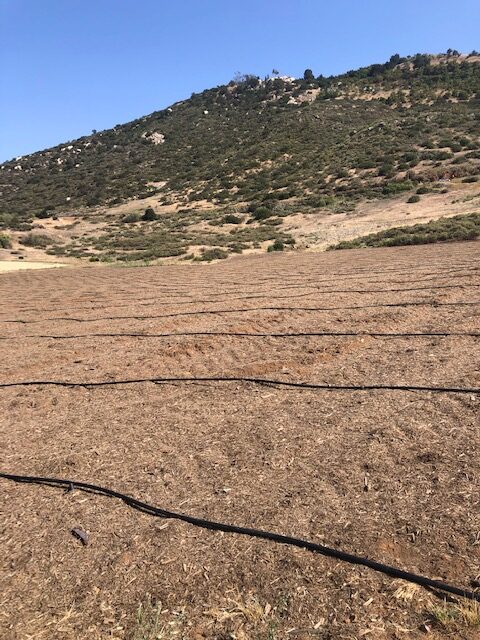
So this week and throughout the year, spread the word on the value and importance of Compost in “regenerating” the health of our environment and ourselves.
For more information on International Compost Awareness Week and what you can do to make a difference, check out the Compost Research and Education Foundation website.
